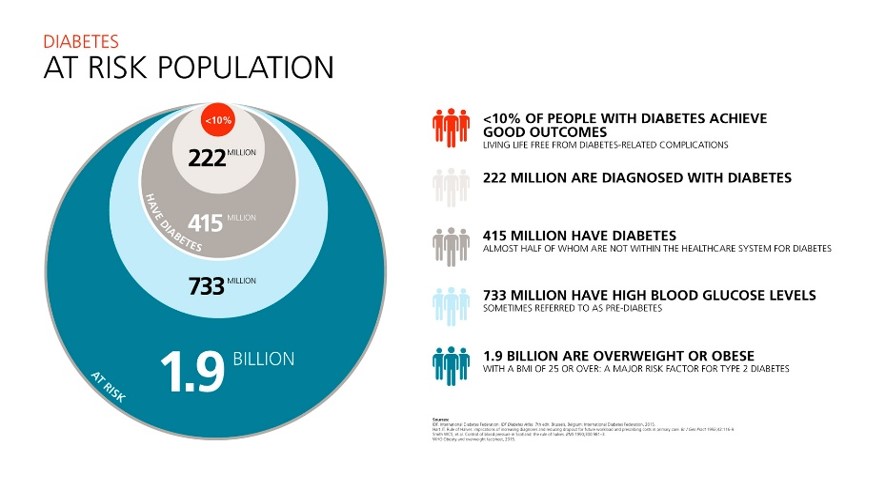
Photo: 9-things-fighting-diabetes-cities1
Nine things you need to know why fighting diabetes must start in cities
01 July 2016
Urban areas are complex environments. A large number of environmental, social, cultural and economic factors have an impact on individual and population health. In the following, we will take a look at how urbanisation impacts lifestyle.
1. Diabetes is an emergency in slow motion
It may not have the immediacy of communicable diseases, such as malaria, tuberculosis, and HIV, but diabetes is a bigger killer globally than all of the above combined. (1) It is estimated that 415 million people, or about one in every 11 people, are living with the condition worldwide–that is 33 million adults more than in 2013. (2)

2. Cities are the frontline of the battle against diabetes
Already today, two-thirds of all people with diabetes live in urban environments. Urban diabetes is on the frontline of the diabetes challenge. Without urgent action, the trajectory is clear:
- In Mexico City, where diabetes is already the leading cause of death, the number of people with the condition could rise to over 6 million people–nearly 1 in 5 of the population–by 2040.
- In Houston, diabetes rates are expected to jump from nearly one person in 10 to one person in 5 over the next 25 years. (3)
3. There are underlying social and cultural drivers

By 2035 as many as half a billion people will have type 2 diabetes. (4) Medical treatment is essential but will not halt its rise. If we’re serious about changing the rise of type 2 diabetes, we must look at the problem in a different way. This means looking to the nearly 2 billion people worldwide who are at risk of developing type 2 diabetes. (5) It means looking at the social factors and cultural determinants that make people vulnerable in the first place–before they ever see a doctor.
4. Loneliness
One of the striking findings in the Cities Changing Diabetes study is the impact of living alone and lack of social support.
Living alone is an indicator of vulnerability to diabetes–influencing people’s ability to take care of their own health and prepare healthy meals. Instead they end up choosing easy solutions such as bread, frozen products or takeaways. (6) In Copenhagen, researchers found those living alone are nearly twice as likely to have diabetes. (7)
5. New normal
Obesity seem to impact the normative body images, and when these change, so do the perceptions of what ‘a healthy body’ might look like. In Houston, where there are high levels of obesity, the study found that when comparing your own body size and physical shape favourably to others, this can create a scenario where change can be perceived as un-necessary. (8)

6. Urban myths and misconceptions
The study found popularly held misconceptions about what causes diabetes. In Mexico City, where 74% of the adult population is either overweight or obese, people talked about the fear and stress of living in the city; Diabetes was an emotional or psychological issue. (9) In Tianjin, a huge city powered by petrochemical, car manufacturing and metalworking industries, beliefs about what causes diabetes was sometimes linked to water and air quality as well as hormones and chemical additives in food. (10)
7. Time pressures

Time constraints have a direct impact on diabetes vulnerability, as they dictate what is feasible in terms of prevention and management of diabetes. In Tianjin, researchers found that many did not see diabetes as a serious disease, and therefore do not pay much attention to everyday diabetes care. However, once diabetes-related complications occur, beliefs and attitudes towards the illness dramatically change; suddenly, diabetes is taken much more seriously. (11)
8. Sedentary lifestyles
Urban living encourages sedentary lifestyles. Overpopulation, road traffic density, excessive use of motorised transportation, poor air quality and too few green public spaces make physical activity difficult in cities. At the global level, absence of physical exercise and sedentary lifestyles are the fourth-largest risk factor for mortality. (12)
9. Inequality
Today’s urban areas are also characterised by increasing health inequalities. (13) In Copenhagen, for example, there are disparities in average lifespan of almost 7 years between areas of the city. People not in employment are almost 7 times more likely to have diabetes than those in employment. (14)
—-
Source:
1: http://www.huffingtonpost.com/entry/diabetes-deaths_5643e784e4b08cda348777bf
2: Diabetes atlas, 2013 and 2015
3: Cities changing diabetes briefing book
4: IDF Diabetes Atlas,
5: http://care.diabetesjournals.org/content/34/6/1249.full
6: Cities changing diabetes briefing book;
7, 8, 9, 10, 11: ibid
12: WHO. 10 facts on physical activity. February 2014 Available at: www.who.int/features/factfiles/physical_activity/en/, viewed 12/5/2014.
13: Cities changing diabetes briefing book
14: ibid









